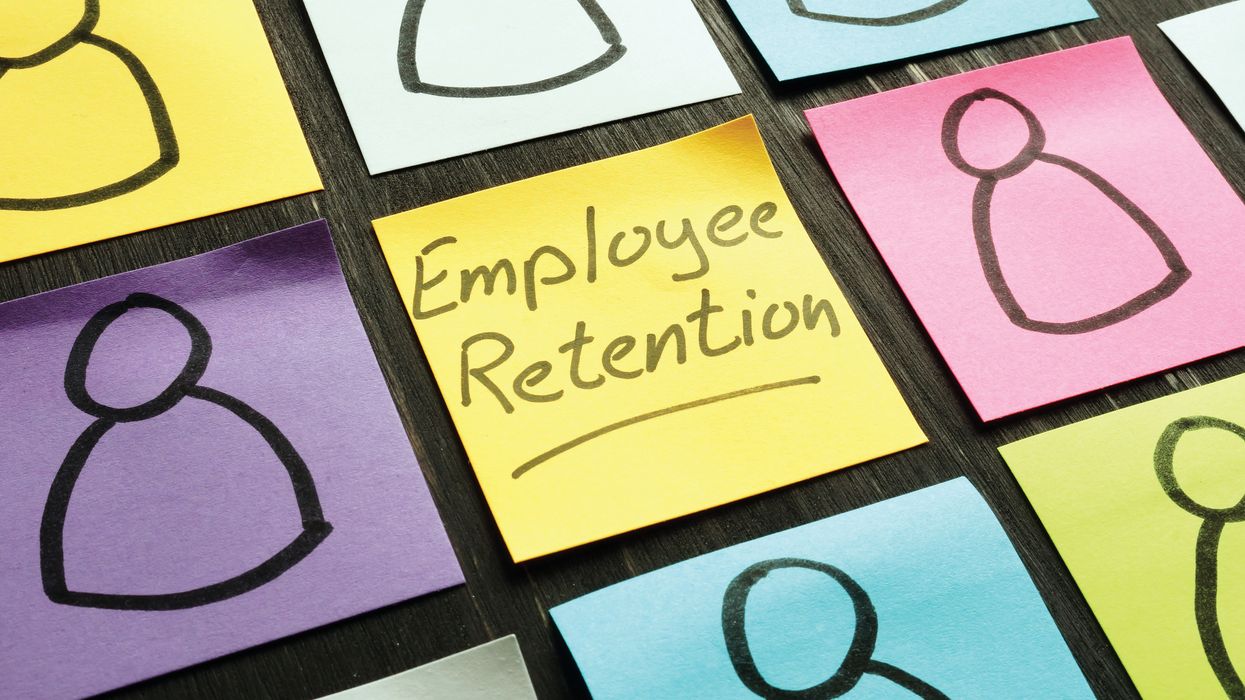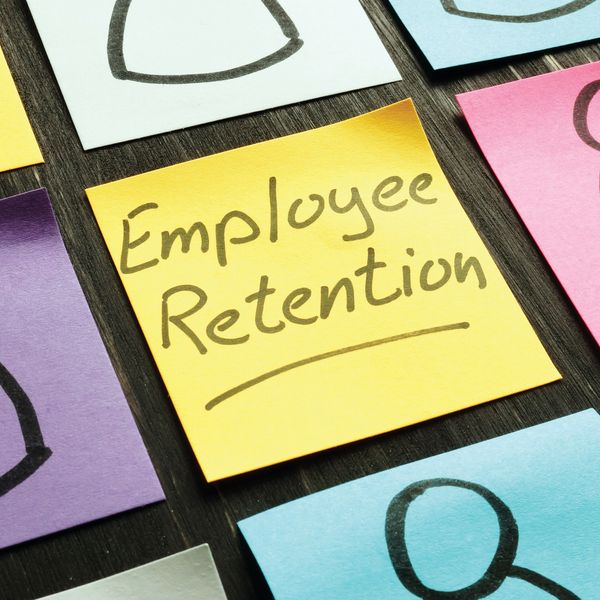Improve onboarding and employee retention through the magic of mentoring
“Onboarding is not orientation,” is a familiar phrase for HR professionals. Some might even find that wording overused or even annoying. Others who relish this saying — HR sticklers or grammar gurus — raise a valid point. Onboarding is NOT orientation.
While there are similarities on the surface, there are differences. And the nuances between these two words can impact employee retention.
Research by the development company Brandon Hall Group found that organizations with a strong onboarding process improve new hire retention by 82 percent and productivity by over 70 percent.
Onboarding can be “gray”
Think of orientation as a list of tasks — boxes to check off as a new employee is trained. This could be orienting a new hire to systems, software, or equipment. It’s teaching them how to do their job. It’s more clearcut.
Onboarding, however, is like an umbrella. It’s a wider scope that includes orientation, but also covers more areas for new hires, like:
- Making them feel welcome,
- Introducing them to coworkers,
- Engaging in conversation with how their training is going,
- Checking in on them, and
- Immersing them in their new workplace culture.
This onboarding process can feel fuzzy to people who prefer to go about their day-to-day lives in a black-and-white, straightforward work world.
Employers struggling to retain new hires in the first 30, 60, or 90 days or beyond, however, must get more comfortable in the onboarding “gray” areas and develop a different approach that’s not always perfectly defined when welcoming employees to the company.
The magic of mentors
The good news is there are ways to improve onboarding, and likely retention, that don’t have to cost a ton of money, time, or resources. A solution is having peer-to-peer mentors.
These roles can either be voluntary or designated positions. Ideally, it’s best to have a pool of mentors ready to step in for scheduling purposes and to help prevent burnout.
Not everyone is cut out to be a mentor. Choose someone who:
- Grasps the ins and outs of the company, department, and job
- Follows the rules and doesn’t cut corners
- Prioritizes safety and compliance
- Has a positive attitude and personality
- Is a patient teacher and a good listener
Mentoring is a win for everyone
Successful mentoring programs are a win-win-win scenario:
- Employer: The employer wins because mentoring strengthens workforce competencies to help hit goals and achieve strategic objectives.
- Mentee: The mentee (new hire) wins by receiving advice and counsel that helps get them up to speed faster and overcome obstacles in their career development.
- Mentor: The mentor wins by broadening their leadership skills without the responsibility of being a supervisor. They get to share their knowledge and contribute to a positive work culture.
Key to remember: Create a solid onboarding program by utilizing peer-to-peer mentors.

































































